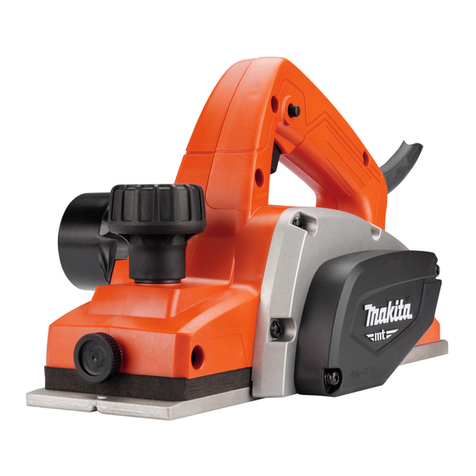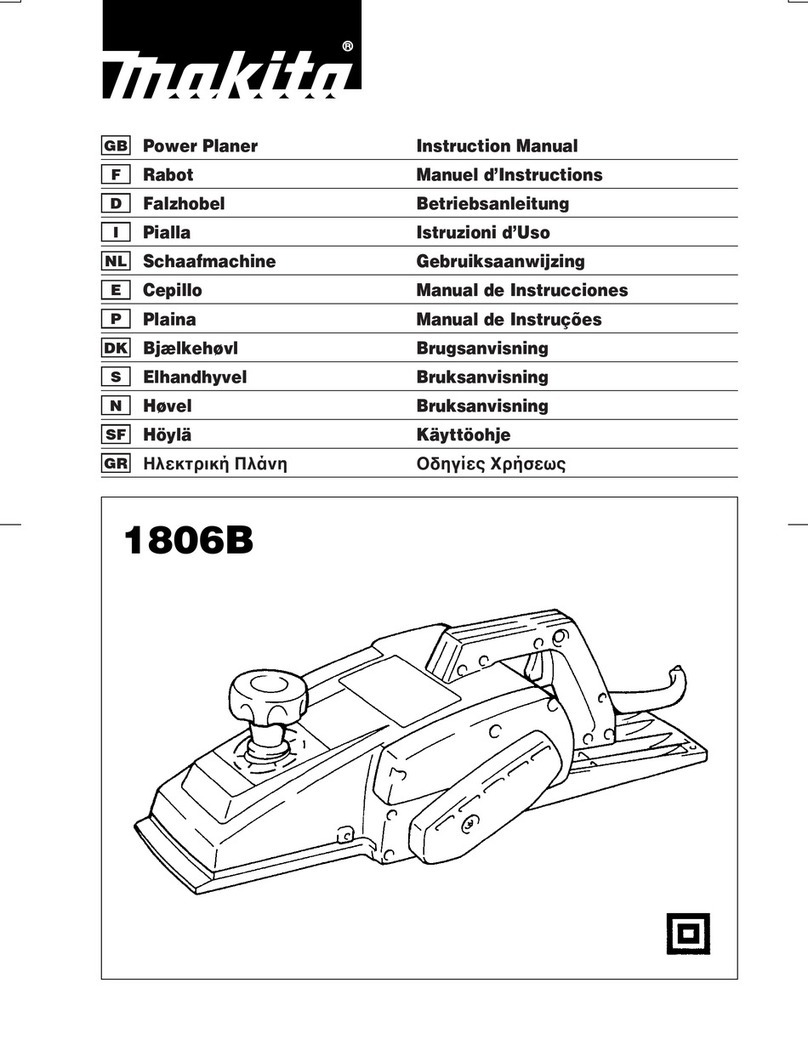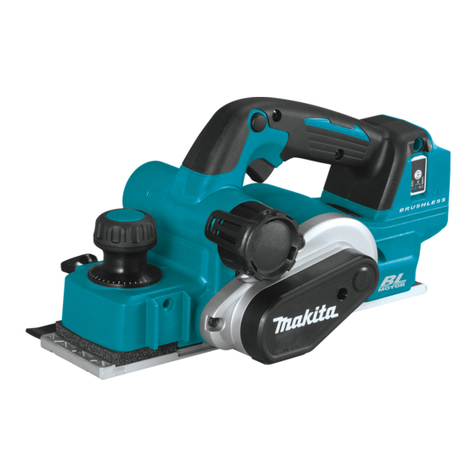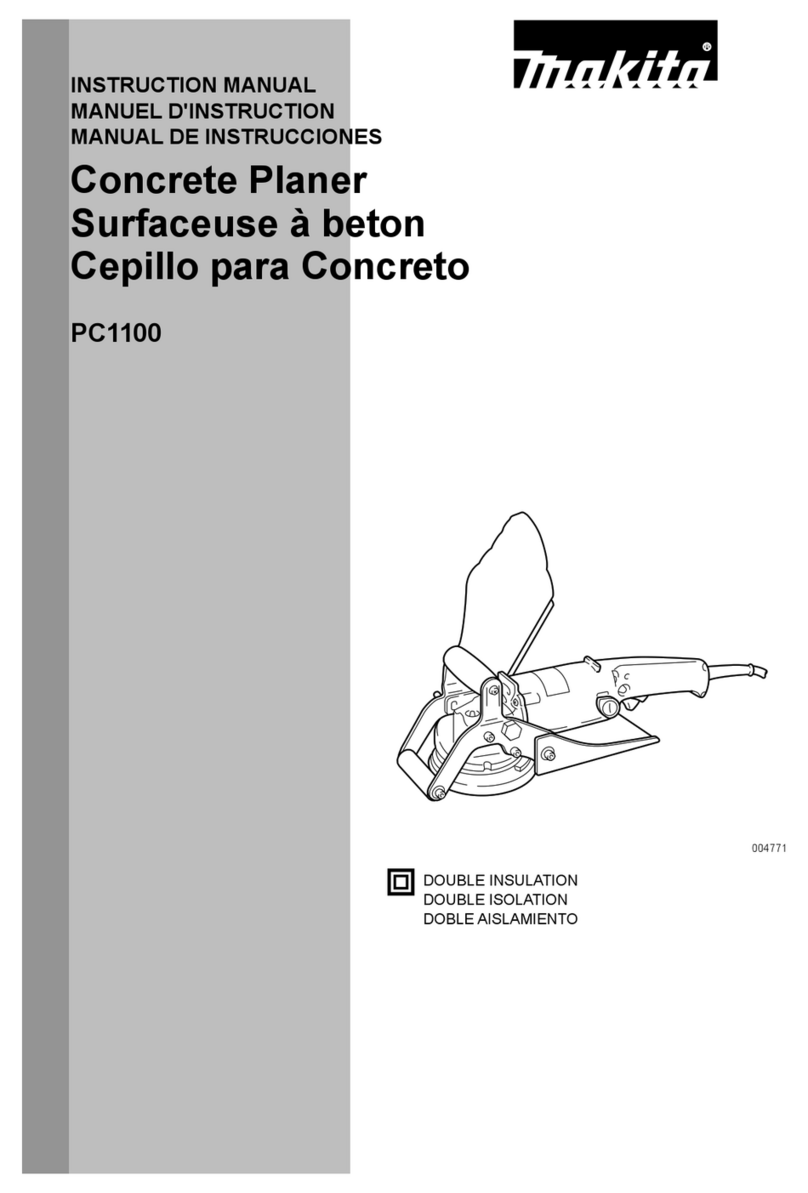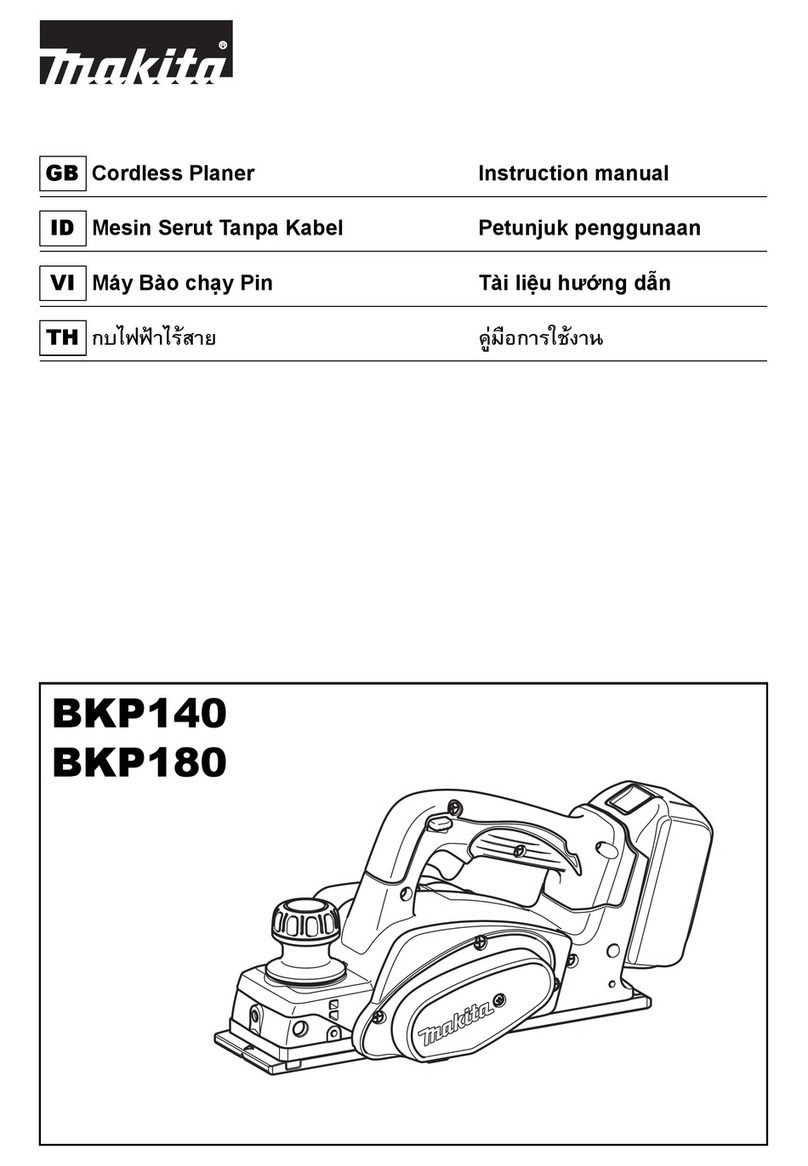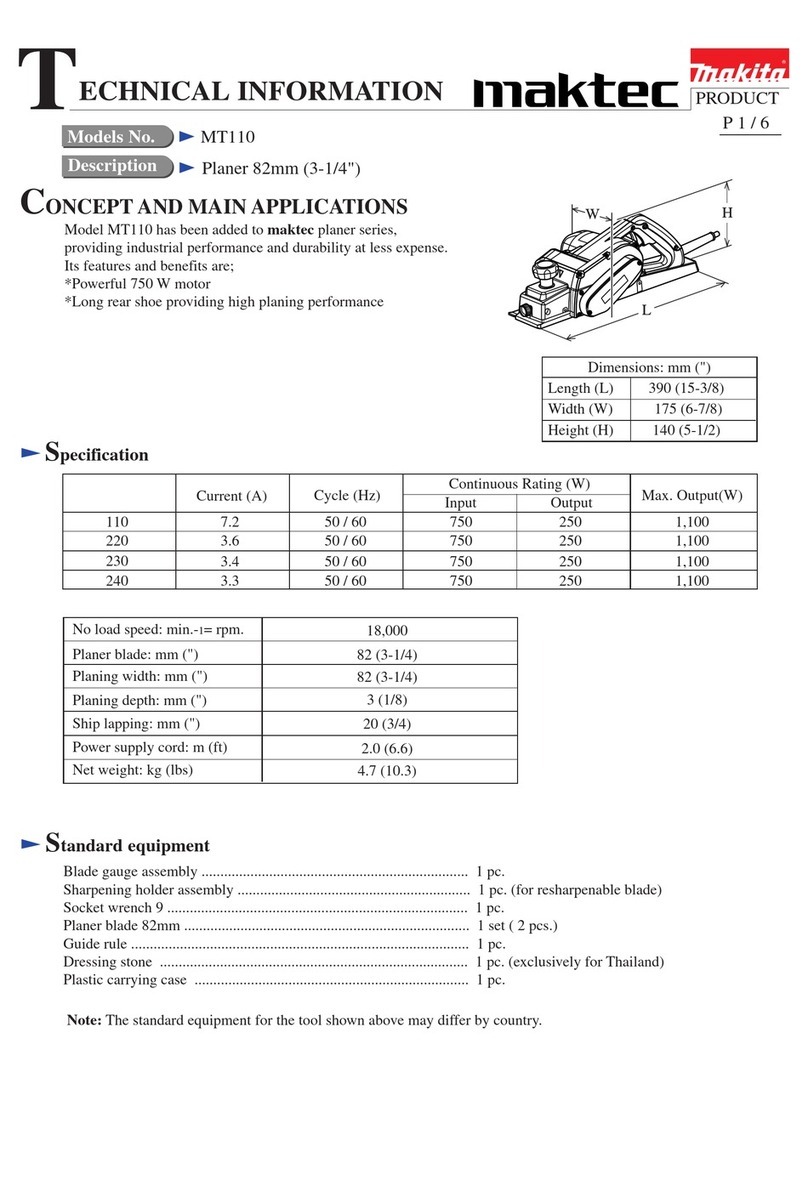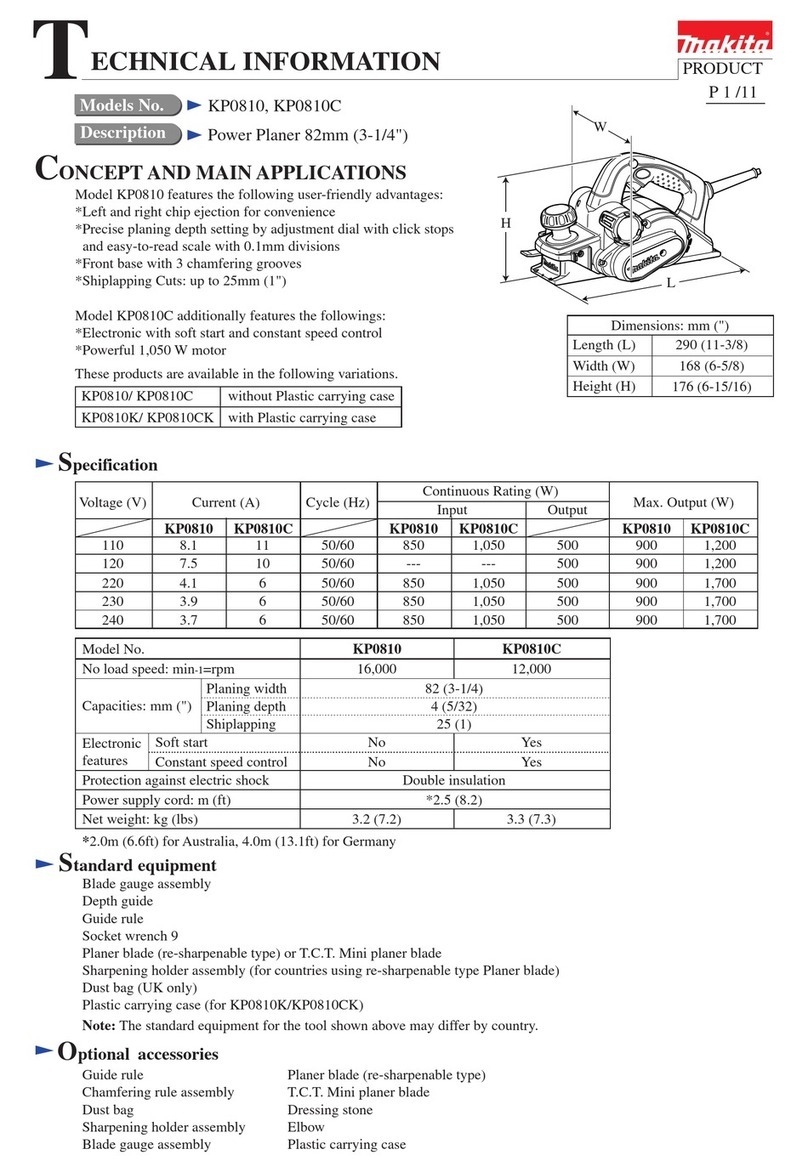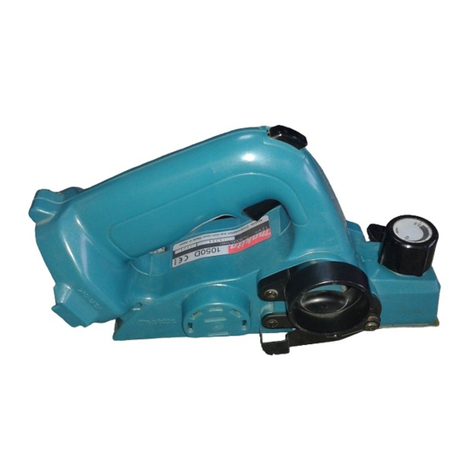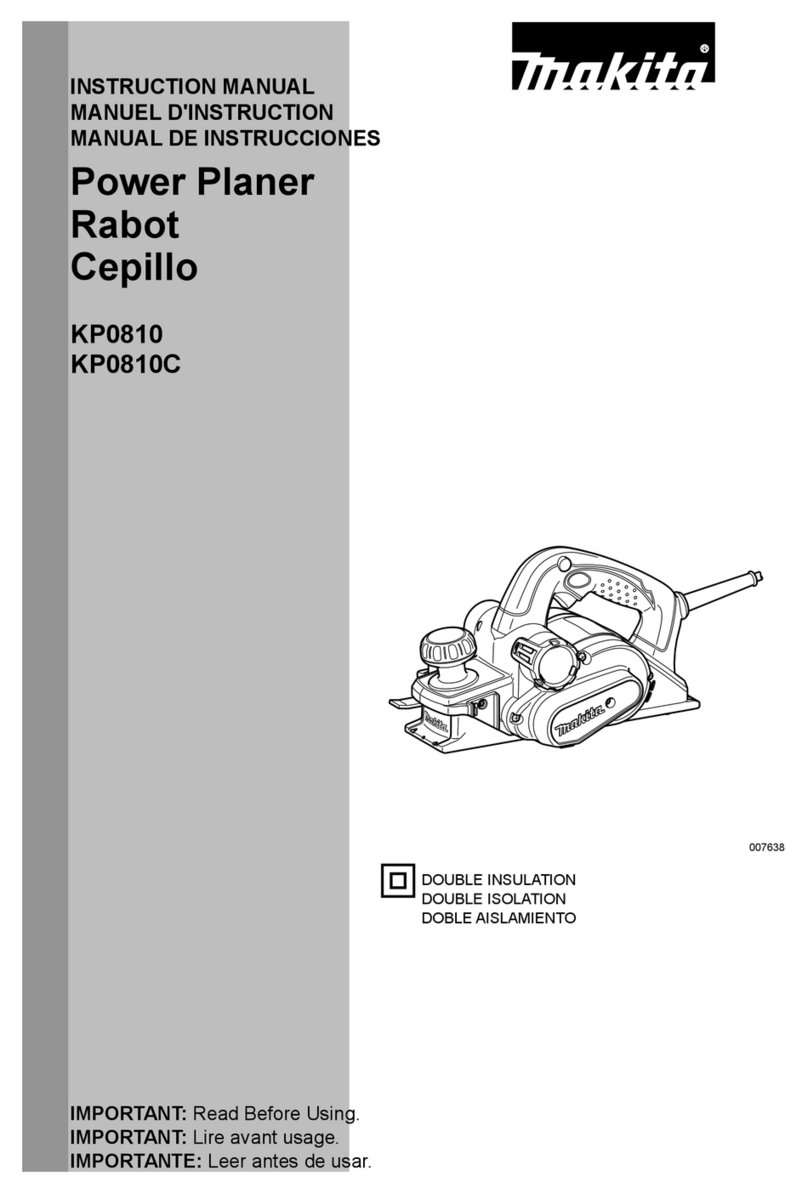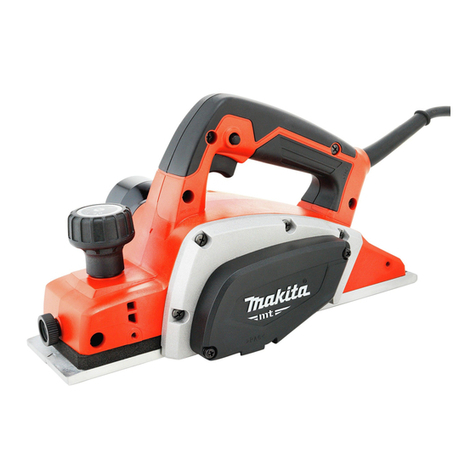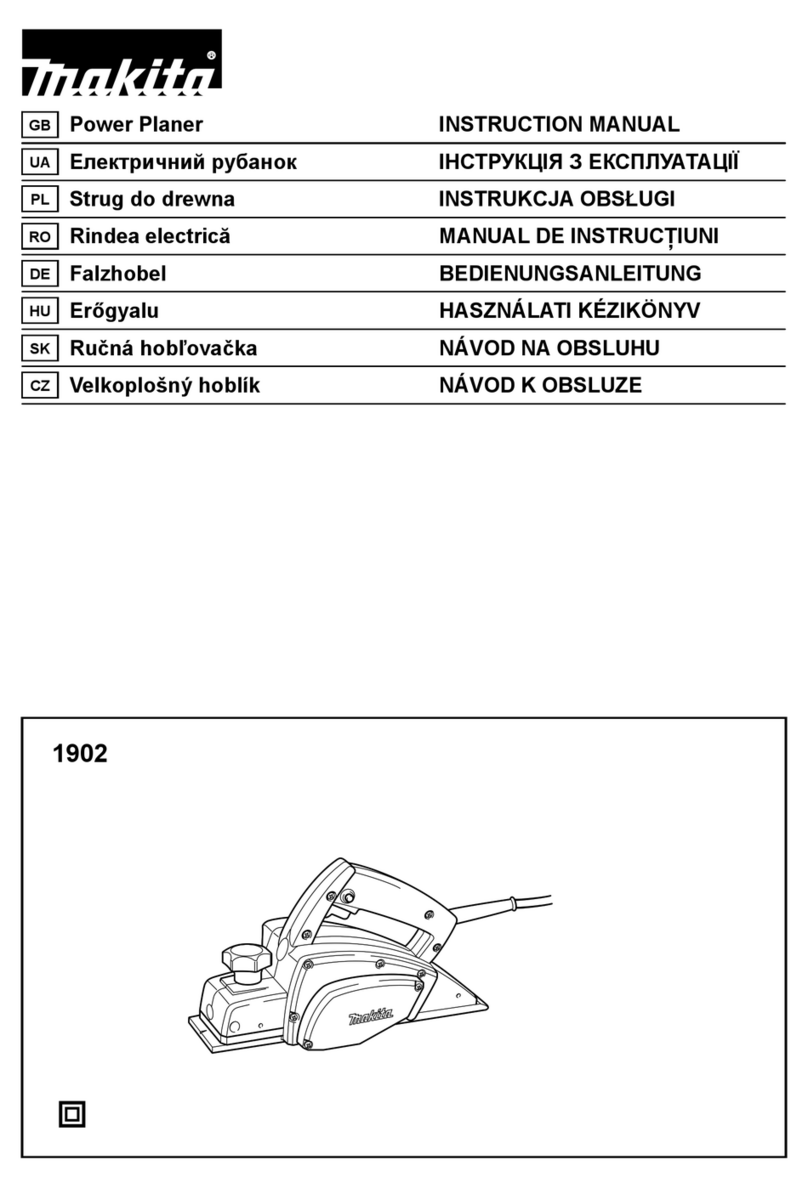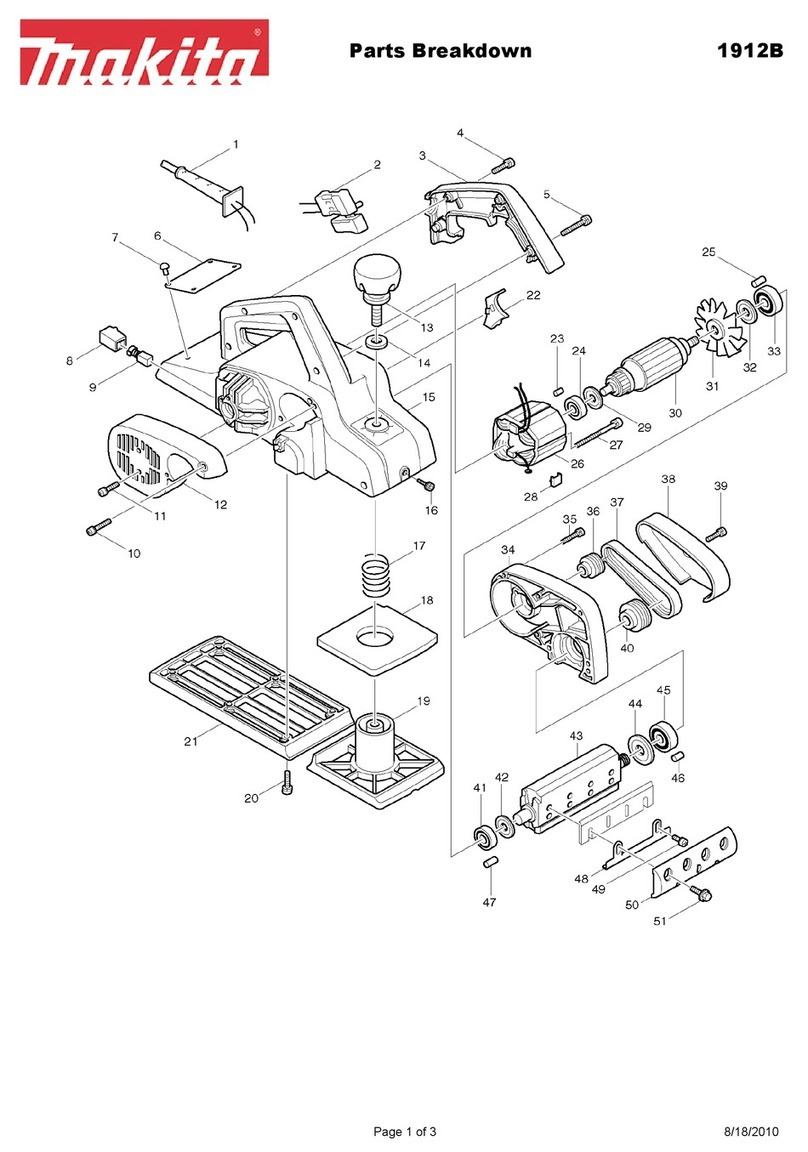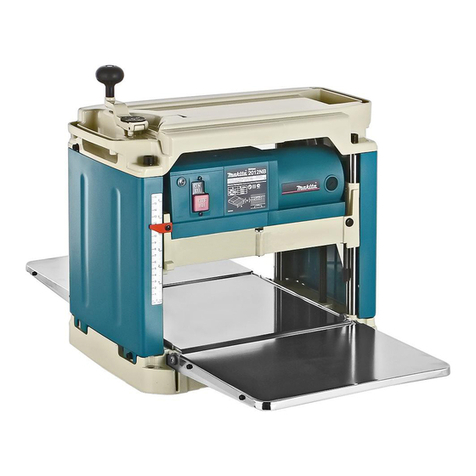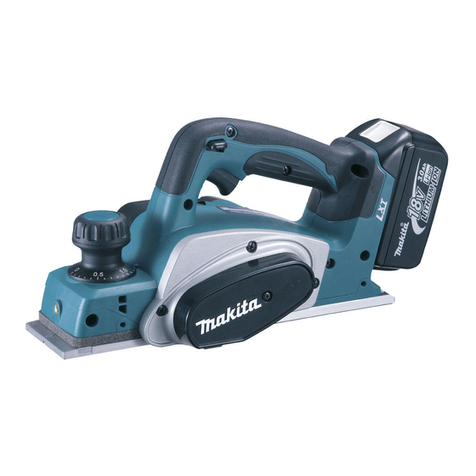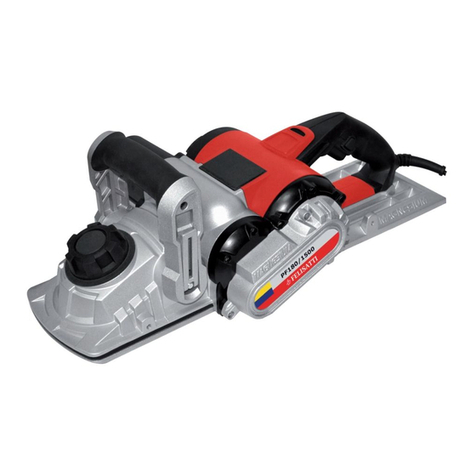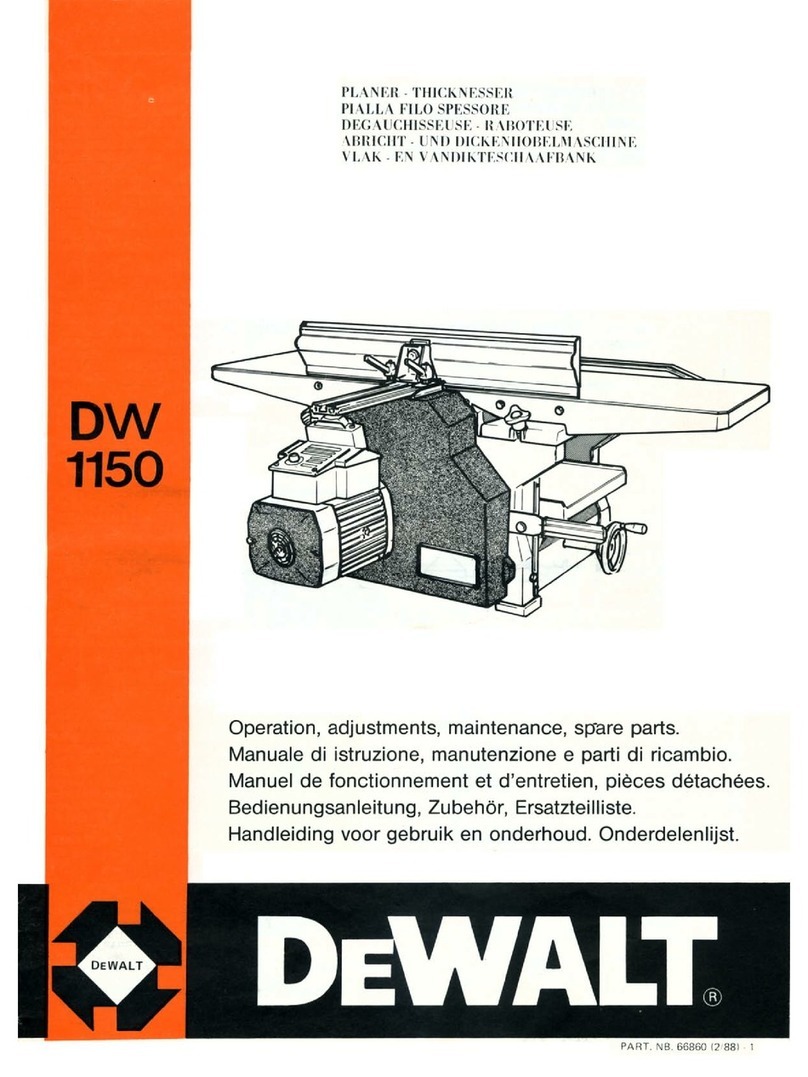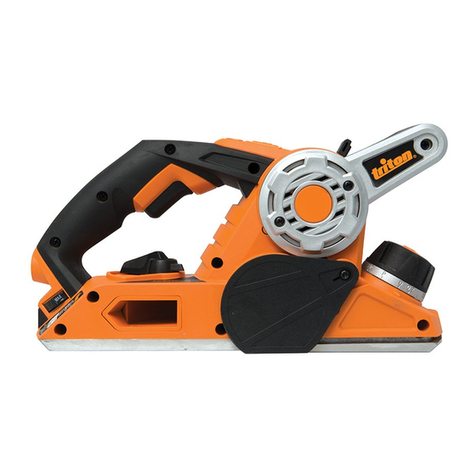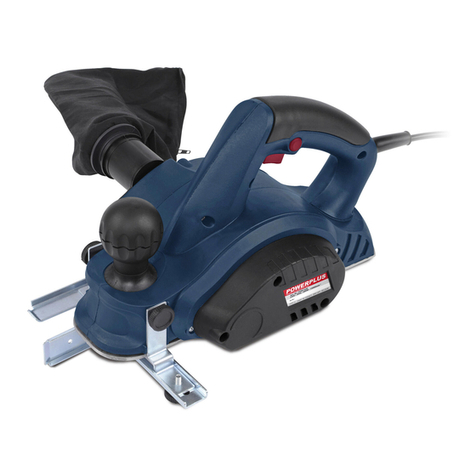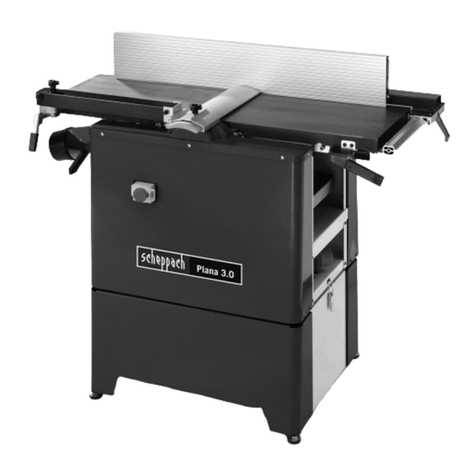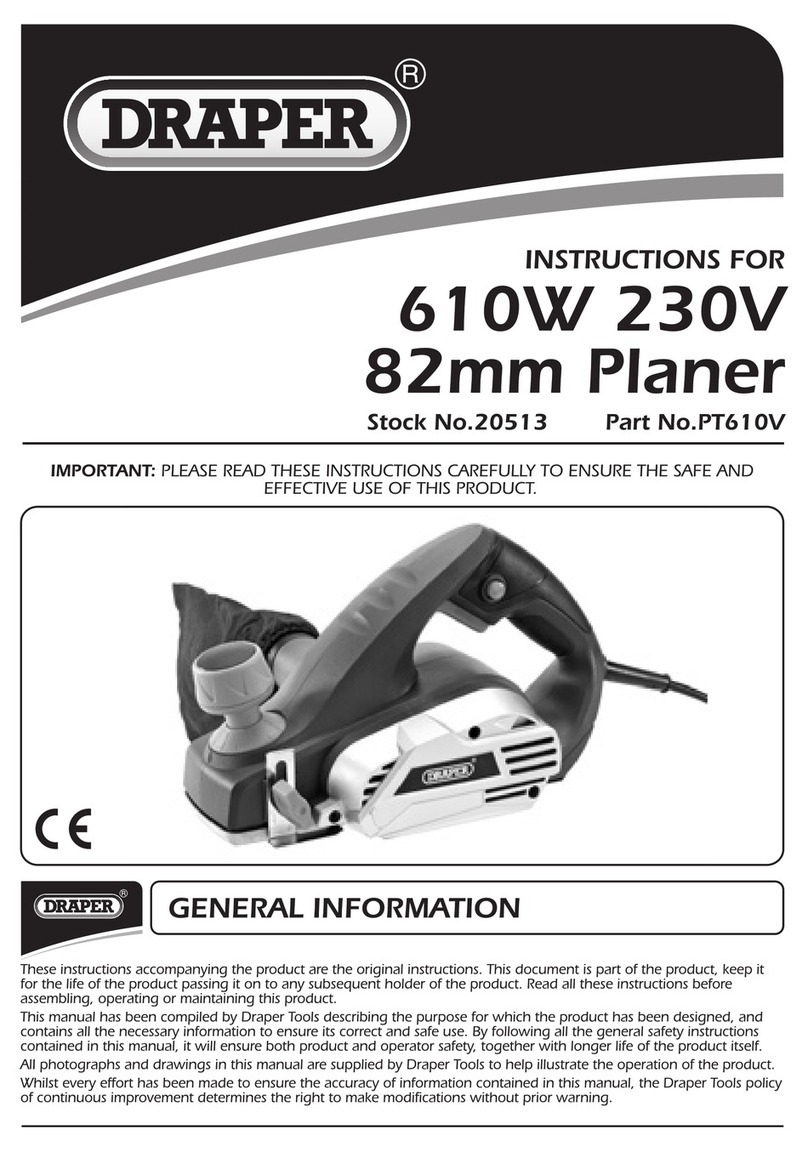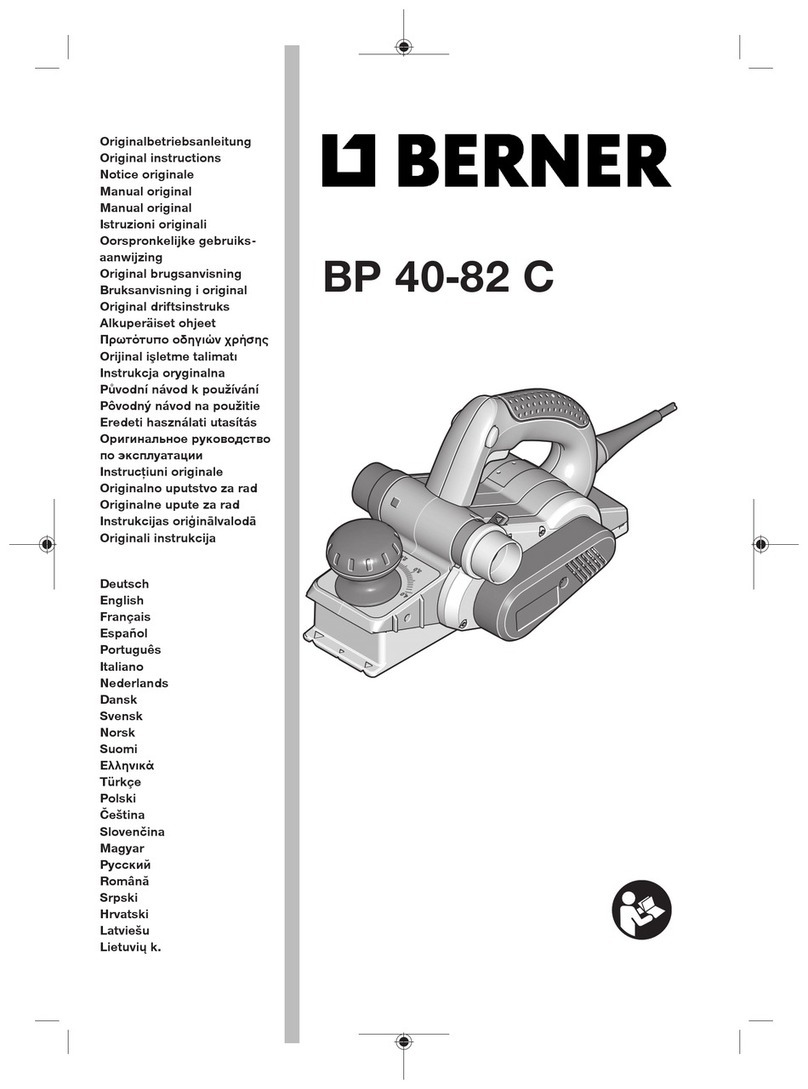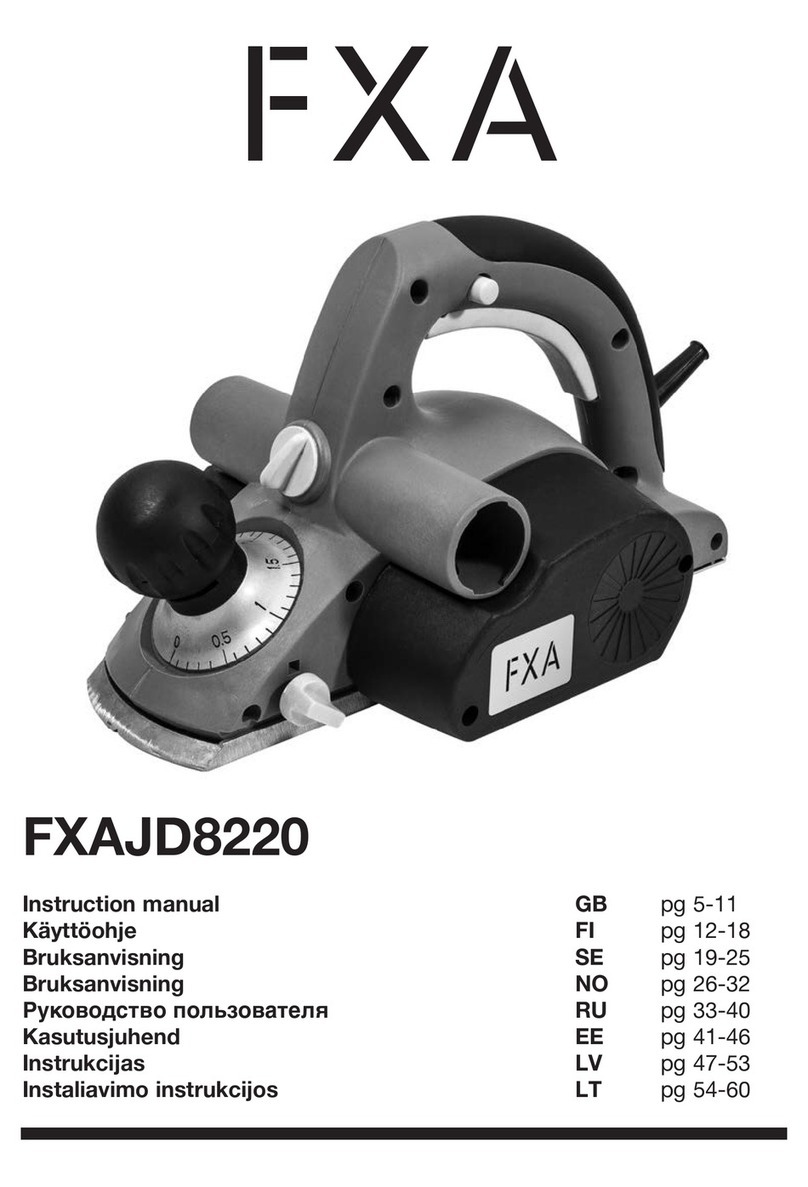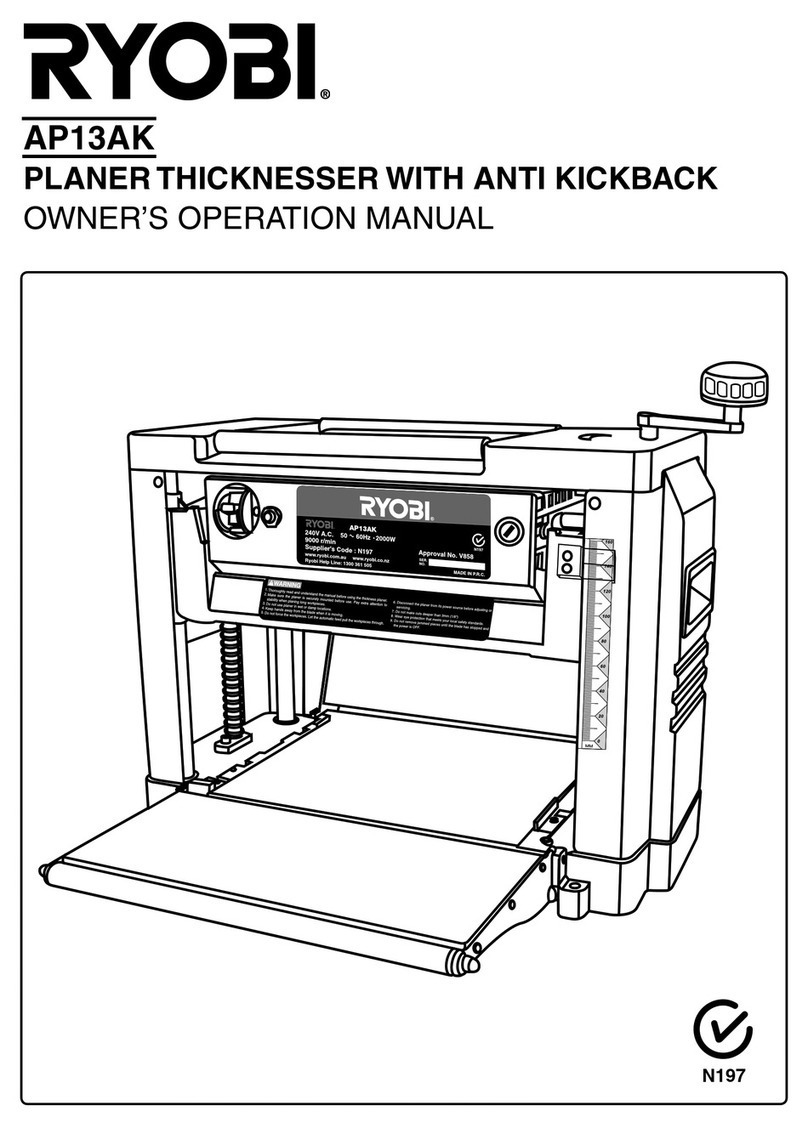IMPORTANT SAFETY INSTRUCTIONS
WARNING: When using electric tools, basic safety precautions should always
be followed to reduce the risk of fire, electric shock, and personal injury, includ-
ing the following:
READ ALL INSTRUCTIONS.
1.
2.
3.
4.
5.
6.
7.
8.
9.
IO.
11.
12.
13.
14.
15.
KEEP WORK AREA CLEAN. Cluttered areas and benches invite injuries.
CONSIDER WORK AREA ENVIRONMENT. Don't use power tools in damp
or wet locations. Keep work area well
lit.
Don't expose power tools to rain.
Don't use tool
in
presence of flammable liquids or gases.
KEEP CHILDREN AWAY. All visitors should be kept away from work area.
Don't let visitors ccntact tool or extension cord.
STORE IDLETOOLS. When not inuse, tools should be stored indry, and high
or locked-up place
-
out of reach of children.
DON'T FORCETOOL.
It
will do thejob better and safer at the rate for which
it
was intended.
USE RIGHT TOOL. Don't force small tool or attachment to do the job of a
heavy-duty tool. Don't use tool for purpose not intended.
DRESS PROPERLY. Don't wear loose clothingor jewelry. They can be caught
in moving parts. Rubber gloves and non-skid footwear are recommended
when working outdoors. Wear protectivehair covering to contain long hair.
USE SAFETY GLASSES. Also use face or dust mask if cutting operation is
dusty.
DON'T ABUSE CORD. Never carry tool by cord or yank
it
todisconnect from
receptacle. Keep cord from heat,
oil,
and sharp edges.
SECURE WORK. Use clamps or a vise to hold work. It's safer than using
your hand and
it
frees both hands to operate tool.
DON'T OVERREACH. Keep proper footing and balance at all times.
MAINTAIN TOOLS WITH CARE. Keep tools sharp and clean for better and
safer performance. Follow instructionsfor lubricatingand changing acces-
sories. Inspect tool cords periodically and if damaged, have repairedby autho-
rized service facility. Inspect extension cords periodically and replace if
damaged. Keep handles dry, clean, and free from oil and grease.
DISCONNECT TOOLS. When not inuse, before servicing, and when chang-
ing accessories, such as blades, bits, cutters.
REMOVE ADJUSTING KEYS AND WRENCHES. Form habit of checking to
see that keys and adjusting wrenches are removed from tool before turning
it
on.
AVOID UNINTENTIONALSTARTING. Don't carry plugged-intoolwith finger
on switch. Be sure switch is OFF when plugging in.
16.
OUTDOOR USE EXTENSION CORDS. When tool is usedoutdoors, use only
extension cords intended for use outdoors and
so
marked.
L
